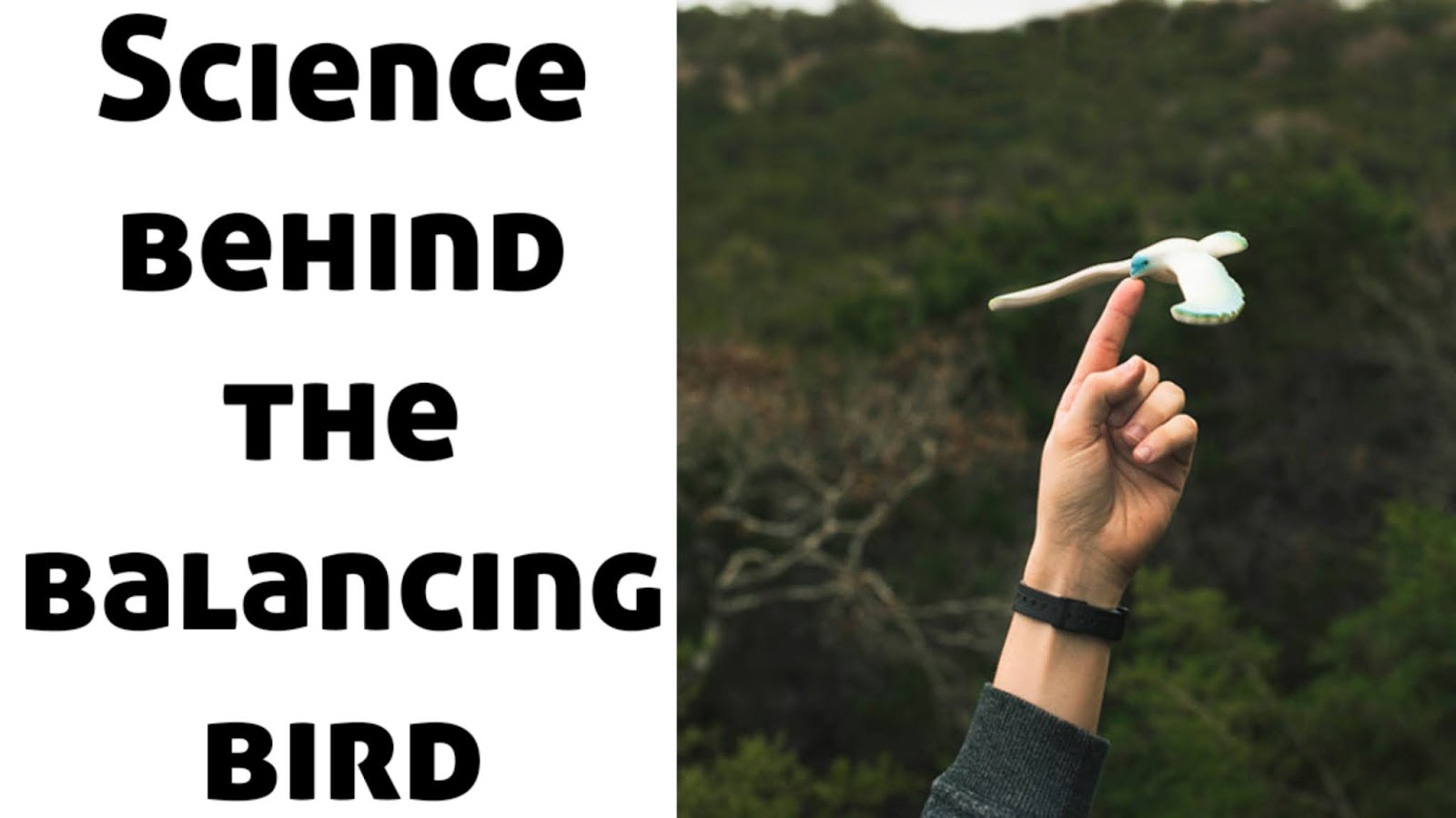Introduction
Virtual Reality (VR) is revolutionizing the way we interact with digital content, bridging the gap between the real and virtual worlds. With advancements in technology, VR is no longer a futuristic concept but a tangible innovation transforming industries such as gaming, healthcare, education, and real estate. This article explores what virtual reality is, how it works, its applications, and its future potential.
What is Virtual Reality?
Virtual Reality (VR) is a computer-generated environment that allows users to immerse themselves in a simulated world. This is achieved through specialized hardware such as VR headsets, motion controllers, and sensory feedback systems. Unlike traditional digital interfaces, VR provides a 360-degree interactive experience, making users feel as though they are physically present in a virtual space.
How Does Virtual Reality Work?
VR technology consists of several components that work together to create a seamless immersive experience:
- VR Headsets: Devices like the Oculus Quest, HTC Vive, and PlayStation VR use high-resolution displays and motion sensors to provide a realistic visual experience.
- Motion Tracking: Sensors track the user’s head and body movements, translating them into the virtual environment.
- Haptic Feedback: Gloves, suits, or controllers provide tactile responses, enhancing the sense of touch in VR interactions.
- Audio Simulation: 3D sound systems create directional audio, contributing to a lifelike experience.
- AI and Machine Learning: AI-powered VR enhances user interactions by making virtual environments more responsive and intelligent.
Applications of Virtual Reality
VR is no longer confined to gaming; it has widespread applications across various industries:
1. Gaming and Entertainment
The gaming industry has been a pioneer in adopting VR, offering players an immersive experience through interactive gameplay, realistic graphics, and engaging narratives. VR also plays a crucial role in the film and music industries, offering virtual concerts, movies, and theme park experiences.
2. Healthcare and Therapy
VR is transforming healthcare by assisting in medical training, therapy, and rehabilitation. Surgeons use VR simulations for practice, while therapists utilize VR to treat anxiety, PTSD, and phobias.
3. Education and Training
Educational institutions and corporations use VR for training purposes. From virtual field trips to skill-based simulations, VR enhances learning experiences by providing hands-on training in a risk-free environment.
4. Real Estate and Architecture
VR allows potential buyers to take virtual tours of properties, making the real estate industry more accessible and efficient. Architects also use VR to visualize and modify their designs before construction begins.
5. Manufacturing and Engineering
Companies use VR for product design, prototyping, and training factory workers. This technology helps identify design flaws and improve efficiency before physical production starts.
The Future of Virtual Reality
As technology advances, VR is expected to become even more sophisticated and widely adopted. Some key future developments include:
- Wireless and Standalone VR: Future VR devices will become more portable, eliminating the need for complex setups.
- Improved AI Integration: AI-driven VR will create more realistic interactions and intelligent environments.
- Enhanced Haptic Feedback: Advanced touch-based technology will make virtual experiences feel even more lifelike.
- Mainstream Adoption: With more affordable and user-friendly VR solutions, the technology will become a part of everyday life, from shopping to social interactions.
Conclusion
Virtual Reality is reshaping the digital landscape, offering unparalleled immersive experiences across various industries. As innovation continues, VR is set to become an integral part of how we work, learn, and entertain ourselves. The future of VR holds endless possibilities, making it one of the most exciting technologies of the 21st century.
Are you ready to step into the world of Virtual Reality?
Share your thoughts in the comments below!






0 Comments